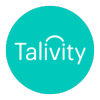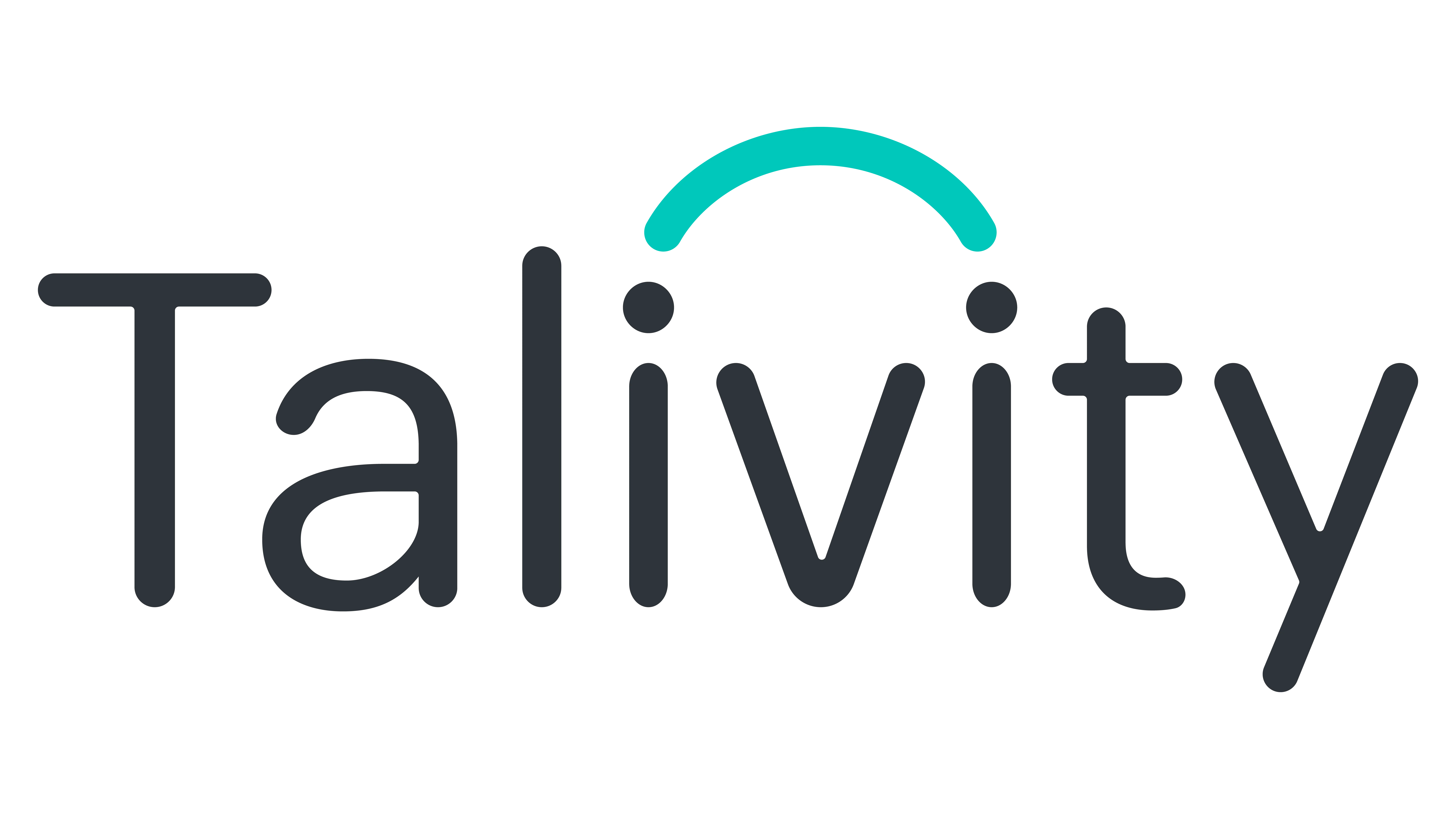Find the right solution for your business.
Explore Solutions|
From Mark Zuckerberg laying off thousands to “raise the bar” to Elon Musk’s federal efficiency rampage, corporate America seems to be playing a high-stakes game of performance musical chairs. But according to Business Insider, decades of rigorous research shows that cracking down on so-called “low performers” actually backfires – epically. When companies create a culture of fear, studies show quality suffers, innovation plummets, and – plot twist – your best employees are usually first to flee. One study found that laying off just 1% of a workforce leads to a stunning 31% spike in voluntary turnover – with your high performers, who have the most options, heading for the exits first. The more you slash your “low performers,” the fewer high performers you’ll wind up with. Turns out terrorizing your workforce isn’t the productivity hack some CEOs think it is. Pretty much every data point tells the same story: instilling fear in employees hurts a company’s profitability in the long run. That’s “management science” worth noting. So next time someone claims they’re just “raising standards,” maybe what they’re really raising is a big red flag. Got questions? Comments? An equation to predict how many “low performers” you can fire before there’s no one left? Hit reply — we’d love to hear from you! — Team Talivity |
|
|
|
Today’s edition is a 4-minute read. Here’s what to expect
Did someone forward you this email? Sign up here |
|
|
|
NEWS One Thing You Should Know This Week
|
|
Nearly 1 in 4 U.S. tech jobs posted so far this year require AI skills, according to job listings data reported by the Wall Street Journal. As companies across every sector scramble to embrace artificial intelligence, the demand for tech workers who can build, integrate, and leverage AI is soaring.
The AI talent race has spread far beyond Silicon Valley. While information sector tech jobs lead with 36% requiring AI skills, financial services, retail, healthcare and professional services aren’t far behind. Companies aren’t just creating entirely new AI-focused roles – they’re embedding AI requirements into existing positions across their technology workforce. Employers want software engineers who can incorporate machine learning, cybersecurity experts who use AI to detect threats, and data analysts who leverage AI tools.
The surge in AI-related hiring stands in stark contrast to the broader tech job market, which saw overall postings decline 27% since ChatGPT’s debut in late 2022. And there’s another key benefit beyond availability: premium pay. “I’m not seeing a lot of people with cutting-edge AI skills come through our programs right now, which means that companies are hanging onto them,” Andy Challenger, senior vice president at outplacement firm Challenger, Gray & Christmas told the WSJ. This job security appears particularly valuable in the current (and very volatile) job market in tech, where layoffs continue to roll through even the largest companies.
Despite the AI hiring boom, traditional evaluation methods persist – especially when it comes to closing the deal. The majority of employers still rely on in-person technical assessments for final hiring decisions. It’s quite conflicting – companies want AI skills, but often evaluate them through decidedly non-AI methods. Technical interviews, whiteboard challenges, and take-home projects remain standard practice even for cutting-edge AI roles. That’s because employers want to verify not just technical ability but also communication skills, problem-solving approaches, and cultural fit. The most competitive candidates have both technical AI skills and the ability to translate that knowledge to non-technical stakeholders. That’s hard to assess through automated systems alone. For candidates with strong AI skills, this is actually good news—it means human judgment still plays a critical role in hiring, creating opportunities to showcase qualities that algorithms can’t easily detect.
Develop an AI talent strategy – fast. Companies seeking tech workers should consider how to rethink job descriptions to incorporate realistic AI skill requirements and partner with educational institutions teaching modern AI skills. It’s equally crucial to create internal training programs to upskill existing employees alongside developing compelling compensation packages that reflect the AI premium. Don’t forget to look beyond traditional tech hubs, as AI jobs spread across industries and geographies. Whether you’re a recruiter or a jobseeker, understanding this massive shift in the tech job market will be essential for navigating the years ahead.
|
|
|
|
NUMBERS Numbers That’ll Make You Think
|
|
|
|
CultureCon 2025 Early Bird Tickets Ending March 31st |
|
Talivity is heading to CultureCon 2025 August 5-7, and we want you to join us! As the country’s premier workplace culture conference, CultureCon 2025 brings together talent and people leaders to explore the latest strategies and innovations driving more engaging, inclusive, and productive workplaces. Plus, all attendees receive a FREE Certificate in Organizational Culture Leadership (a $599 value). Secure your Early Bird tickets by March 31st and save at least $1,200 off final pricing! |
|
|
|
INDUSTRY INTEL M&A Deals, Industry Moves, & Other Things To Know
|
|
|
|
OPEN ROLES Jobs You Might Want (For Yourself!)
For more of these roles delivered to your inbox every Monday, subscribe to the Talivity Jobs newsletter by clicking here. For a full list of open roles, head over to our job board by clicking here. |
|
|
|
LAYOFFS Places For You To Source Fresh Talent
|
|
|
|

To continue reading our content, please provide your email below
By entering your email address you are subscribing to our free newsletter
 Welcome back! Ever been told you’re “underperforming” at your job? In this fiery job market, that label carries more weight than ever.
Welcome back! Ever been told you’re “underperforming” at your job? In this fiery job market, that label carries more weight than ever.

 AI skills required in 1 in 4 tech roles
AI skills required in 1 in 4 tech roles ️ Deportation fears disrupt multiple industries
️ Deportation fears disrupt multiple industries ️ Education Dept offers $25K buyout
️ Education Dept offers $25K buyout Layoffs hit Wayfair, HPE, Autodesk, and more
Layoffs hit Wayfair, HPE, Autodesk, and more TA roles at Netflix, Red Bull
TA roles at Netflix, Red Bull ️
️
 The big picture
The big picture By the numbers:
By the numbers: AI premium brings job security
AI premium brings job security Companies still prefer in-person skills assessment
Companies still prefer in-person skills assessment What talent leaders should know
What talent leaders should know

